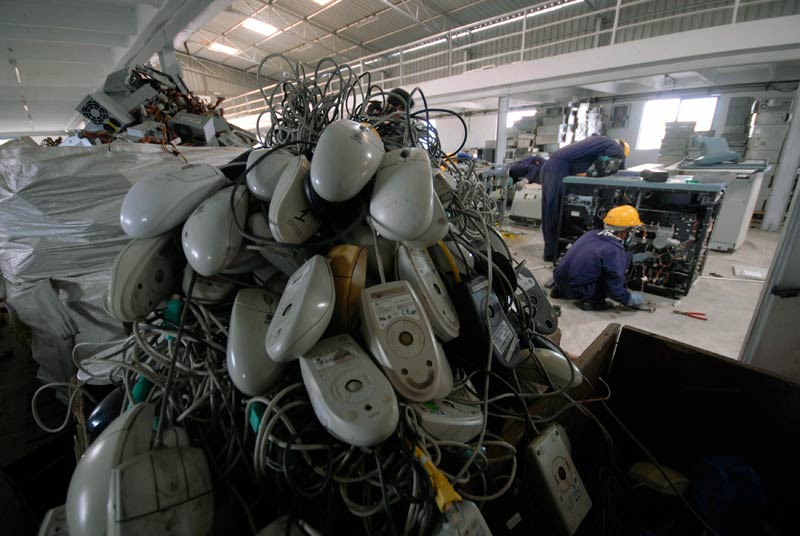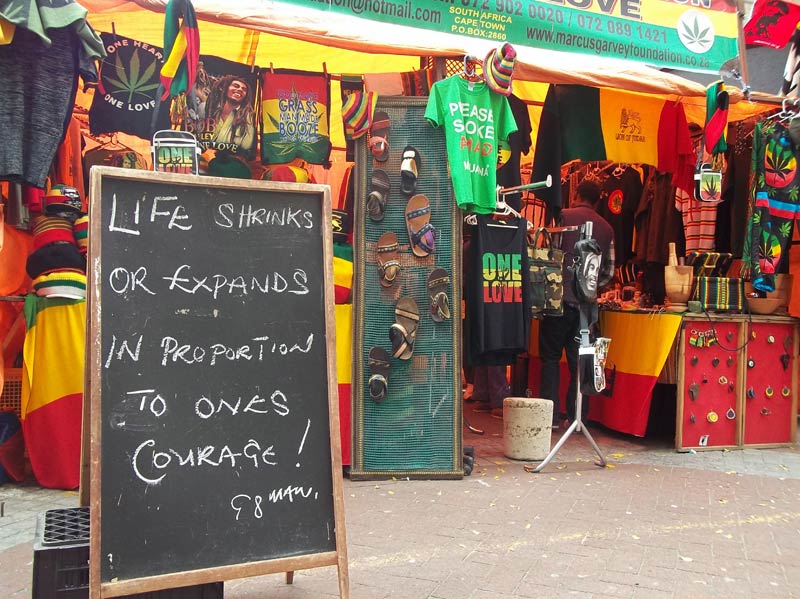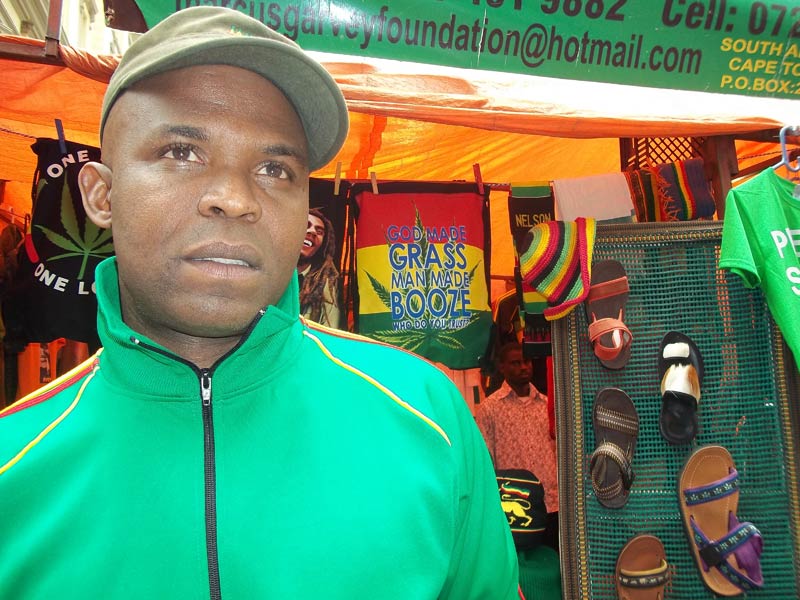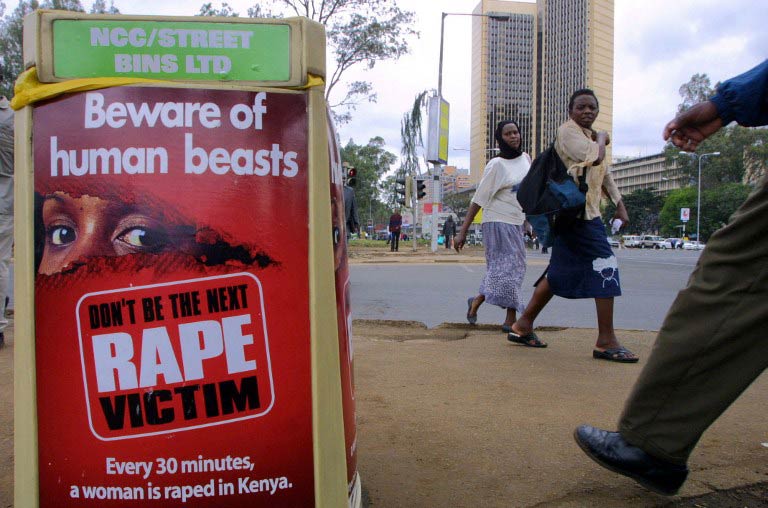It started as a request from my close friend, Awil Abukar, to accompany him as he took his frail mother to their ancestral hometown.
Awil, as he always does, assured me the trip would be smooth.
I should point out that in his world smooth means not getting killed – everything else is caadhi (fine).
Just after 1pm on August 22, our vehicle rattled into Goob Weyn, a sleepy town with more palm trees than people. This picturesque place is about a thirty-minute drive from Kismayo, Somalia’s third biggest city.
Unlike many towns in Somalia, locals here aren’t armed to the teeth. The few hundred of them tend to their farms or fish for half the day, then sleep the rest of the time. The town is peaceful, and is neither in the hands of the government nor al-Shabab.
But sleepy Goob Weyn and its residents were to get a rude awakening that evening when members of al-Shabab, the hardline al-Qaeda-linked rebel group fighting the Somali government, paid them a visit.
Al-Shabab enforces a strict version of Sharia law that prohibits things like music, cigarettes and alcohol in the areas it controls.
That evening, the town was lively. Men in sarongs sat in front of their red mud houses chewing khat – the green narcotic leaves commonly consumed by east Africans – to pass the hours. Garami (soft, melodic music) blasted from their small battery-powered radios.
Women wearing baati, the traditional Somali dress, with the odd baby strapped to their backs cooked dinner of rice and beans on open fires.
Awil, his son and I sat in front of his mum’s house drinking tea made with water from the muddy Jubba River. Local youths gathered around my iPhone to watch and listen to the western music loaded on it.
In short, the evening was a picture of tranquility and I was loving it.
Just before 8pm, a lorry with its headlights turned off rolled into town. It was strange – vehicles don’t come to Goob Weyn that often and definitely not at this time of the night. In fact, Awil’s car was the only vehicle in town until now.
The atmosphere quickly changed. The music stopped. People fell silent.
Then the creaky lorry door opened and a masked man jumped out.
Al-Shabab was here and many of us were in the middle of doing things al-Shabab does not approve of.
Fifteen other masked men jumped out of the lorry and started moving from house to house, asking all the men inside to come out.
I quickly dashed into Awil’s mum’s house and threw on a sarong over my knee-high shorts. A tall man in shorts is a sight al-Shabab sheikhs don’t approve of.
Then I wrapped my iPhone in a waterproof plastic bag and dropped it in the cockroach- and faeces-filled hole in the ground that the family used as a toilet. Given the prized photos, videos, music and texts on my phone I had to hide it by all means. Retrieving and cleaning it would be a minor inconvenience compared to getting lashes from an al-Shabab fighter’s whip.
The women who were busy cooking got busy changing into al-Shabab-compliant clothes. Off went the baati and on came the jilbab – a long, loose garment that covers the whole body.
The men who were religiously chewing khat leaves frantically started brushing their teeth and washing their mouths. They threw the remaining leaves into the open cooking fires, resulting in thick smoke that made those standing nearby cough nonstop.
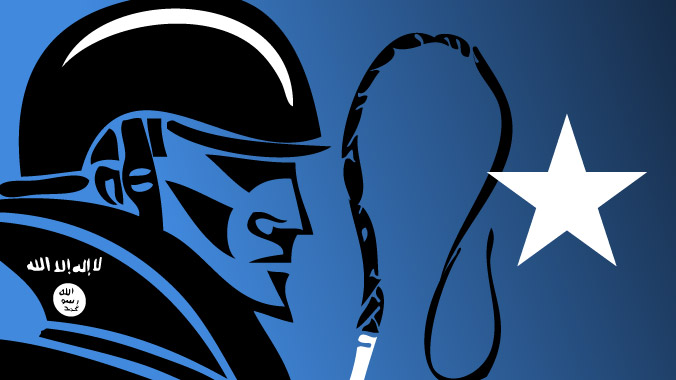
By then the al-Shabab fighters were busy herding the men of Goob Weyn towards a football field in the centre of the town. The women were instructed to remain in their homes.
As we walked to the field a young man made a dash for it, running down the small moonlit alleyways between the mud houses. He didn’t get far as fighters hiding behind houses, not far away, caught him. He was taken to the lorry and we could hear screams in the distance as he was lashed. I later found out the young man is the local khat dealer and was wanted by al-Shabab for bringing the stimulant drug into the town.
We sat in the centre of the football field under the full moon as more and more of the town’s male residents joined us. There were about 150 of us in total.
Then the shortest of the al-Shabab fighters stepped forward. He was slightly taller than his AK-47 rifle, his skin-and-bones frame was covered in an oversized camouflage uniform. He wore oversized sandals that looked too heavy for his tiny feet. With a stainless steel torch in his left hand, he started collecting everyone’s cellphones. Surprisingly he had a deep chesty voice for someone of such a small frame, which made the orders he was barking sound more serious and threatening.
He passed the phones to his colleagues who went through them one by one to check for music and adult content. Those who had music on their phones received stern warnings and their memory cards were destroyed. One young man had adult material on his phone. He was taken aside and lashed in front of everyone. The al-Shabab guys were very unimpressed when they found out he was married with two wives. You could feel the disappointment behind the masks as they shook their heads and talked between them. They didn’t only destroy the young man’s memory card but his phone too.
One of the fighters realised I had not handed hand my phone over. Shining his torch at me he asked Awil who was seated next to me: “Is this one Somali and where is his phone?”
Awil, ever diplomatic, replied: “He’s Somali, speak to him.”
He looked at me without saying a word, unconvinced, turned his masked face back to Awil and again asked: “Where is this one’s phone?”
“He’s not mute. He can speak. He’s fluent in Somali. He’s not an alien. I swear,” said Awil, sounding slightly impatient.
I sensed my chance and joined the conversation. “Sheikh, I’m a British tourist and your seniors know we are here. You can call your emir [leader] to check. There is no need to keep me and Awil here.”
After three years working in Somalia I’ve managed to interview al-Shabab commanders. Before we made the trip they had assured us we were free to pass through or stay in areas they controlled.
Satisfied, the young al-Shabab fighter moved on.
Like a dentist, the short al-Shabab fighter then started closely inspecting everyone’s teeth for telltale signs of khat. Al-Shabab forbids the chewing of the narcotic leaves. The man pulled me aside, then asked me to open my mouth. Realising that my 6-foot-3 frame was much taller than his, he ordered me to bend down so he could take a closer look. I obliged. He placed his torch so close to my mouth that it touched my bottom lip and I could feel the warmth of the light coming from it. He asked me to move my tongue up, down and side to side.
After staring into my mouth for what seemed like an eternity, he said: “You are missing a tooth.”
Feeling annoyed but staying calm, I replied: “Sheikh, that’s not haram [forbidden].”
Ten men were taken aside by the short al-Shabab fighter. They were the unlucky ones who couldn’t conceal the fact they were chewing khat earlier. The green leaf pigment was either found on their tongue or stuck to their teeth. They were given an Islamic lecture before they each received five lashes.
The short al-Shabab guy wasn’t finished. He frog-marched one of the guys to the local kiosk. Before they reached it, he told the guy to order cigarettes from the female shopkeeper. Thinking that the al-Shabab men had left, she produced one from her secret hiding place. A big mistake. Cigarettes worth more than $200 were confiscated and set alight in front of everyone.
To my surprise she wasn’t flogged like the men who were caught with the khat. She was just given a religious lecture and a final warning.
Before they let us all go back to our homes, the al-Shabab fighters gave us a long lecture about jihad and asked us if anyone wanted to join them and defend the country against the “infidels”.
All I wanted to do was run back and save my phone, which wasn’t insured.
Just past midnight, they finally let us go but they took about a dozen of people with them.
Back at Awil’s mum’s house, a few locals blamed our presence in the town and our car for attracting al-Shabab. We told them we would be happy to leave the next morning.
After a short sleep, we were ready to head back to Mogadishu. A couple of locals asked us for a lift but they first searched the car extensively for explosives before jumping in.
Back in Mogadishu and still feeling disrespected by the short al-Shabab soldier with the torch, I called one of the al-Shabab commanders to relay the events of the previous evening.
He laughed throughout the conversation. Then he quipped: “If you had called me right then, I would’ve told them to fire a few shots inches above your head to welcome you to the Muslim land.”
I should’ve listened to Awil and not called to complain to the commander. What happen was caadhi after all!
As for my iPhone, I managed to retrieve it but it has never fully recovered from that trip down the hole-in-the-ground.
Hamza Mohamed is a British-Somali journalist working for Al Jazeera English. Connect with him on Twitter.

